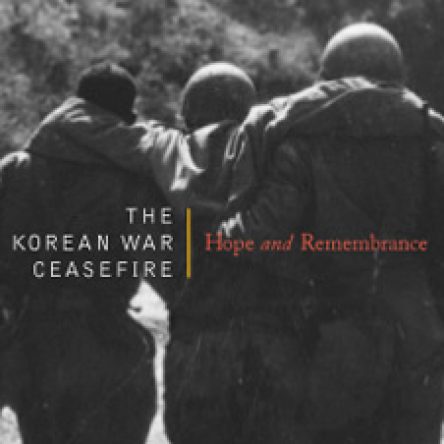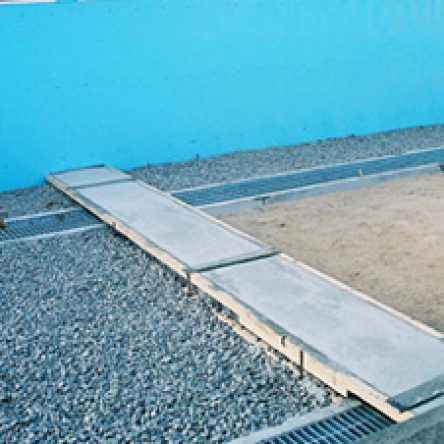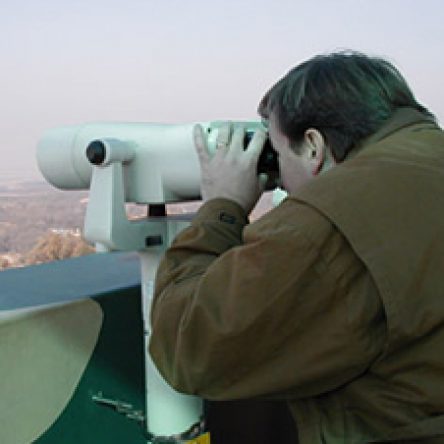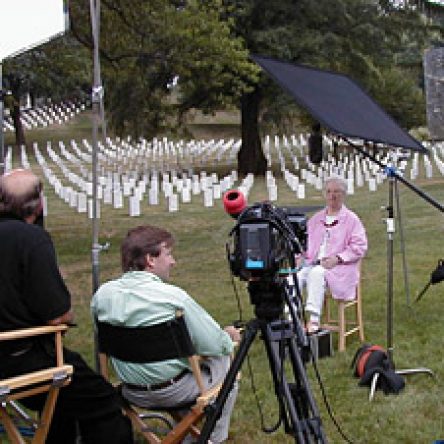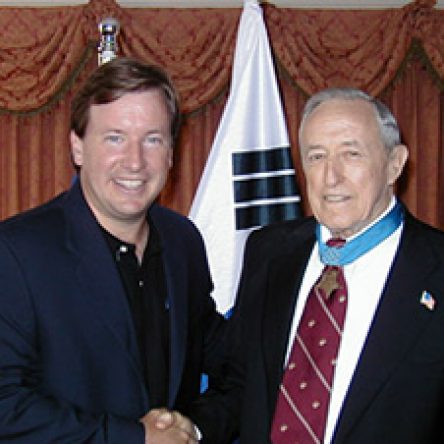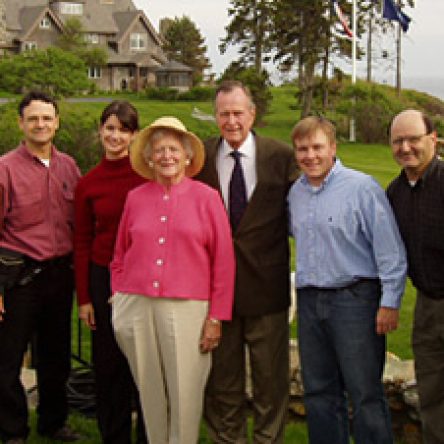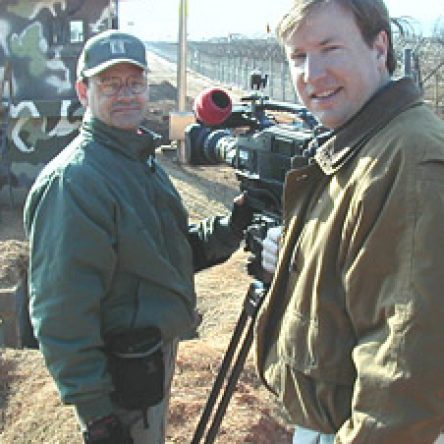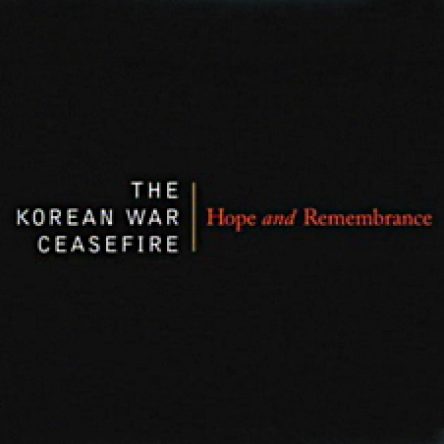The Korean War Ceasefire: Hope and Remembrance
Ask any of the dwindling number of Korean War veterans about the war in which they served, and most will shrug their shoulders, look down at the ground, and softly tell you their war is “the six-paragraph war.”
“That’s all it rates in most history books,” Col. Bill Weber explained. “It’s written off as a so-called ’police action’ that was wedged in between the victorious heroism of World War II — with its storybook ending on the Battleship Missouri — and the controversy of the Vietnam War.”
While many history books and history teachers tend to overlook the battle that raged on the Korean peninsula from June 25, 1950 to July 27, 1953, the Korean people and the Korean government still carry with them a deep and abiding gratitude to the warriors from 22 nations who left their families and homeland to, as it reads at the Korean War Memorial in Washington, DC, “defend a country they never knew and a people they never met.”
It would be the first coalition assembled under the auspices of the newly formed United Nations; but more importantly, by preventing the Stalinist forces of Kim Jung Il from capturing the peninsula, the Korean War stands today as the first victory in the Cold War against imperial communism.
With this history in mind, and with the 50th anniversary of the Korean War armistice approaching in July 2003, Jim McGrath was tapped by the Federation of Korean Industries in 2002 to produce a 20-minute documentary that (1) thanked the veterans and countries who joined the coalition to defend the Republic of Korea from 1950 to 1953, and (2) showed those veterans that their sacrifice was not in vain, that Korea today is a dynamic, free, prosperous country.
What followed was a 13-month, $600,000 odyssey through shooting sites including Korean seaports and countryside, the infamous DMZ or De-Militarized Zone, historical points of interest in Seoul, Arlington National Cemetery, the United Nations, and more. Working with his talented partners at McNee Productions, McGrath coordinated with the Korean War Veterans Association, the U.S. Army, the Military District of Washington, legendary artist Yo-Yo Ma, the National Archives, and dozens of Korean agencies to compile 50 hours of original high definition footage.
Along the way, McGrath interviewed dozens of veterans including General Raymond Davis, the most decorated U.S. Marine in history, and TV personality Ed McMahon; former Canadian Prime Minister Brian Mulroney; U.S. Secretary of State Colin Powell; Sukru Sina Gurel, the deputy prime minister of Turkey; the foreign ministers of Australia, Belgium, Colombia, and Norway; and the UN Ambassadors from Ethiopia, India, Korea, and New Zealand. The voice talent involved Hall-of-Fame broadcaster Vin Scully, and Houston legend Jim Corolla.
In the end, McGrath not only produced, but also directed, scripted, and managed the editing of the final 20-minute film that was shown at Seoul’s Hotel Lotte for over 1,000 international veterans who had been flown to Korea at the government’s expense for the 50th anniversary ceremonies. Korea’s Foreign Minister Yoon Young-kwan presided at the ceremony.
Afterwards, McGrath and McNee Productions — as directed by the Federation of Korean Industries — distributed hundreds of copies of the documentary in DVD format to Veterans’ associations across the United States and abroad. The project, it should be noted, was completed on-time and on-budget.
